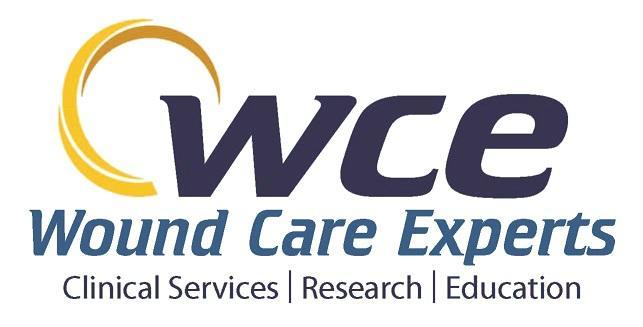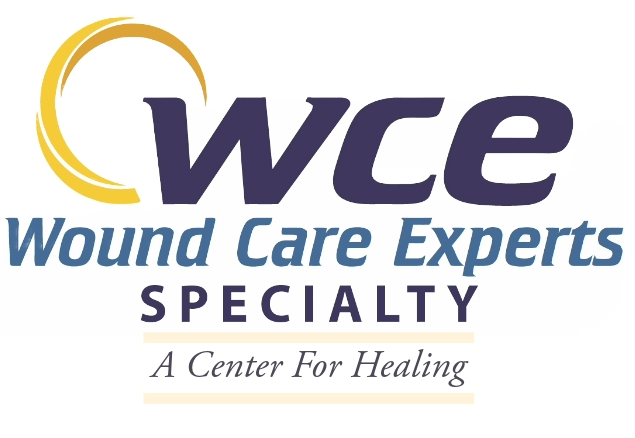
One of the most common complications that we see in the wound care and tissue regeneration world is infection. Unlike other pathology, diagnosing a wound infection is not as simple as ordering one lab or performing one test. For example, when a cardiologist uses angiography to take pictures of your heart blood vessels, he or she may with near-certainty determine whether you have coronary artery disease. There is no such simple “one-stop-shop” test for a wound infection. In addition, there are many “in-between” states with regards to infection or no infection. It is not binary. All wounds have bacteria, but not all bacteria cause an infection. Some may be symbiotic “normal” skin flora. Some may cause excessive inflammation but not an outright infection. Finally, some may colonize into healthy tissue, either superficially or deep, and cause an outright infection. Thus, the medical practitioner must be clinically astute and be able to synthesize many different forms of information. First and foremost, one must take a good history and perform a focused wound physicial examination. This takes skill and experience with wound healing, such as is possessed by the doctors and nurse practioners at Wound Care Experts. We may ask you about increased pain, bleeding, drainage, for friability of your wound. We may ask if you have noticed pus in the wound. Has there been a new odor or a change in color of the drainage? All of this is pertinent information. We will examine the wound and compare it the the previous appearance of the wound in our image database. If it is warranted, we will acquire NIRS Spectroscopy images to assess your blood flow and Moleculyte images to look for “bacterial colonies,” known as biofilm. To my knowledge, our group is the ONLY one in the Las Vegas area to have access to both of these advanced technologies. If we suspect a deeper infection, such as in the muscle or bone, we may send you for further imaging such as a CT or MRI. If we suspect an infection, we want to know what bacteria are the cause so that we might treat you appropriately. One option is a traditional culture, where we swab for bacteria and grow them on a petri dish in medium. This technique, however, has its limitations. Usually, this technique will only find live, active, replicating, and free-floating bacteria. Sometimes, these bacteria are not the ones that cause your infection. It may be due to the bacteria in a “bacteria colony” called a biofilm. These bacteria are often imbedded in a jelly-like substance and not replicating, which makes it hard for a traditional culture to quantify them. We can use a special technique called PCR, or polymerase chain reaction, which amplifies bits of the bacteria’s genetic material. This can then be used to identify the bacteria. More importantly, we can look at this genetic material and see if the bacteria possess any antibiotic resistance genes. This can help us avoid antibiotics against which this bug has developed defences. All this information and more is used to diagnose a wound infection at Wound Care Experts.
